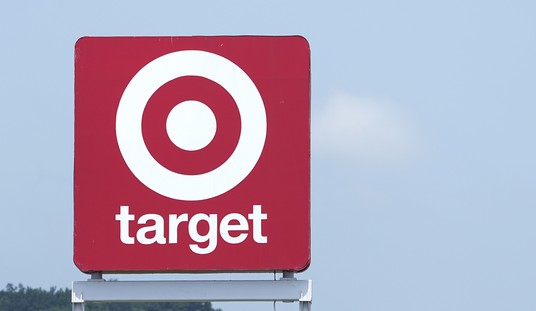If you saw the first television ad campaign on behalf of ObamaCare being put out by the president’s former campaign-turned-“advocacy”group Organizing for Action the other day, the much-touted rebates — from what the Obama administration has so wisely deemed to be “inefficient” health insurers, coming certain consumers’ way soon — will be fresh in your mind. They want to be very sure to keep up appearances about the “affordable” part of the charade and to make sure that Americans know about all of the favors they’re so generously bestowing, you see.
Part and parcel of ObamaCare is the law’s medical loss ratio rule, which requires that health insurers spend at least 80 percent of their collected premiums on actual medical care rather than administrative and other costs (man, what if we held the government to the same efficiency standard?); if not, they are now required to rebate the difference to the consumer. Last year was the first year the regulations were in full effect, and insurers sent out about $1 billion in rebates nationwide; this year, that number looks like it’s going to be about $500 million, per Politico:
Insurers who failed to meet Obamacare efficiency rules will return $500 million to consumers across the country this summer, the Obama administration announced Thursday — but the chunk of change Americans will see depends heavily on where they live.
A state-by-state breakdown of where rebates are headed suggests recipients in Washington state will see the biggest checks, with 3,000 consumers due to receive rebates of more than $500 each. Rhode Islanders will see the least per person, with an average of $43 in rebates slated for 1,265 plan holders.
The bulk of the rebates are headed to California, where 1.4 million people will receive rebates averaging $71 each, and Texas, where 726,000 residents are due checks averaging $95.
ObamaCare supporters and Democrats are already hailing the forthcoming rebates as evidence of the law’s effectiveness in dealing out transparency, efficiency, and general peace and justice everywhere, but there’s a bit of a problem with the law’s logic. Peter Suderman explained it at Reason last fall:
Why are economists so sour on the provision? The worry is that rather than look for ways to control costs, insurers will simply let spending balloon, leading to higher premiums — and bigger profits. It’s easier to cover someone’s health costs on 80 percent of $1,000 than it is on 80 percent of $100. And because insurer profits and other administrative costs must come from the remaining 20 percent, there’s a larger pool from which to draw profits and business expenses.
And sure enough, as the Heritage Foundation outlined this week:
Claim: “$150 Average Rebate in 2012”
Fact: This talking point refers to Obamacare’s medical-loss ratio provision, which imposes price controls on insurance companies, forcing them to pay rebates to consumers if they do not meet Obamacare’s arbitrary standards. The Kaiser Family Foundation reported last yearthat rebates would be issued to plans covering 3.4 million people, or only about 1 percent of the population. The Kaiser report admitted that the rebates “are not particularly large in many instances.” While candidate Obama promised that premiums would go down by $2,500 by the end of his first term, the average employer premium has actually gone up by $3,065—from$12,680 in 2008 to $15,745 in 2012, according to Kaiser data.
But of course, as Suderman said, a check in the mail is much more easily visible than cost restraint. Thanks, ObamaCare!








Join the conversation as a VIP Member